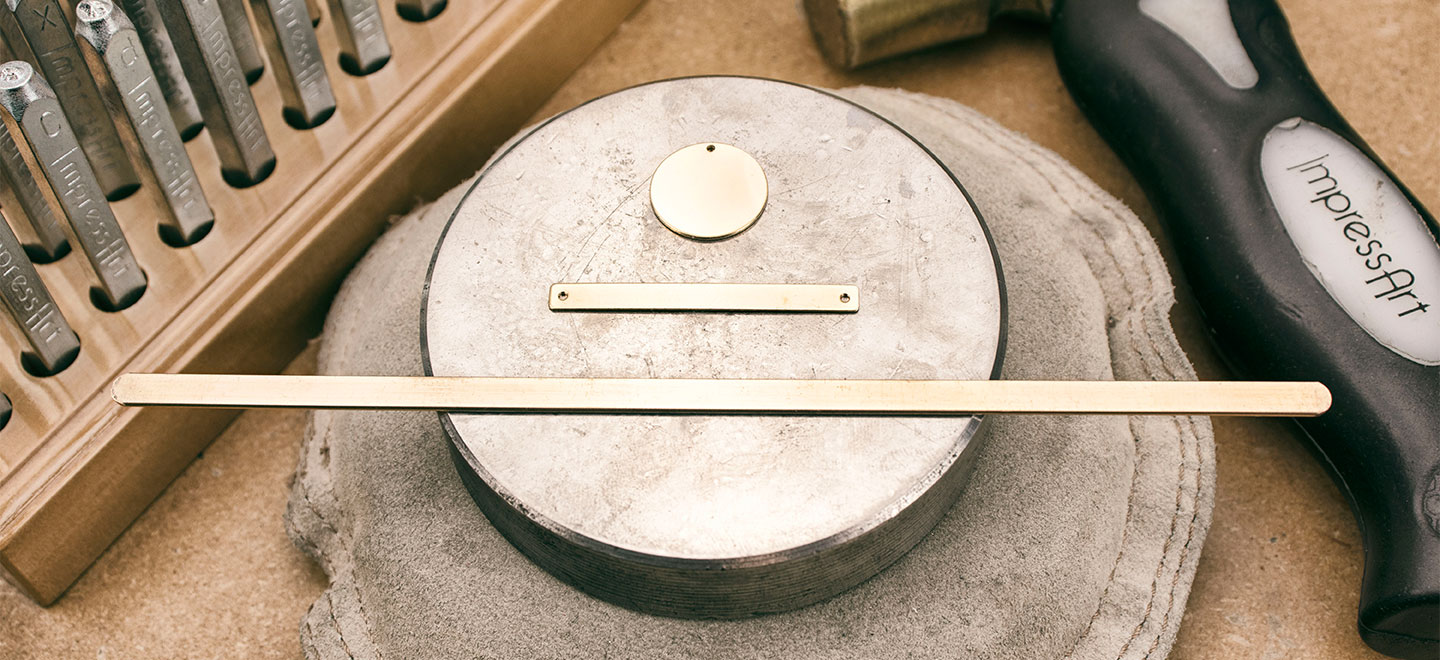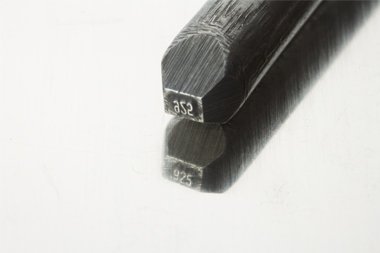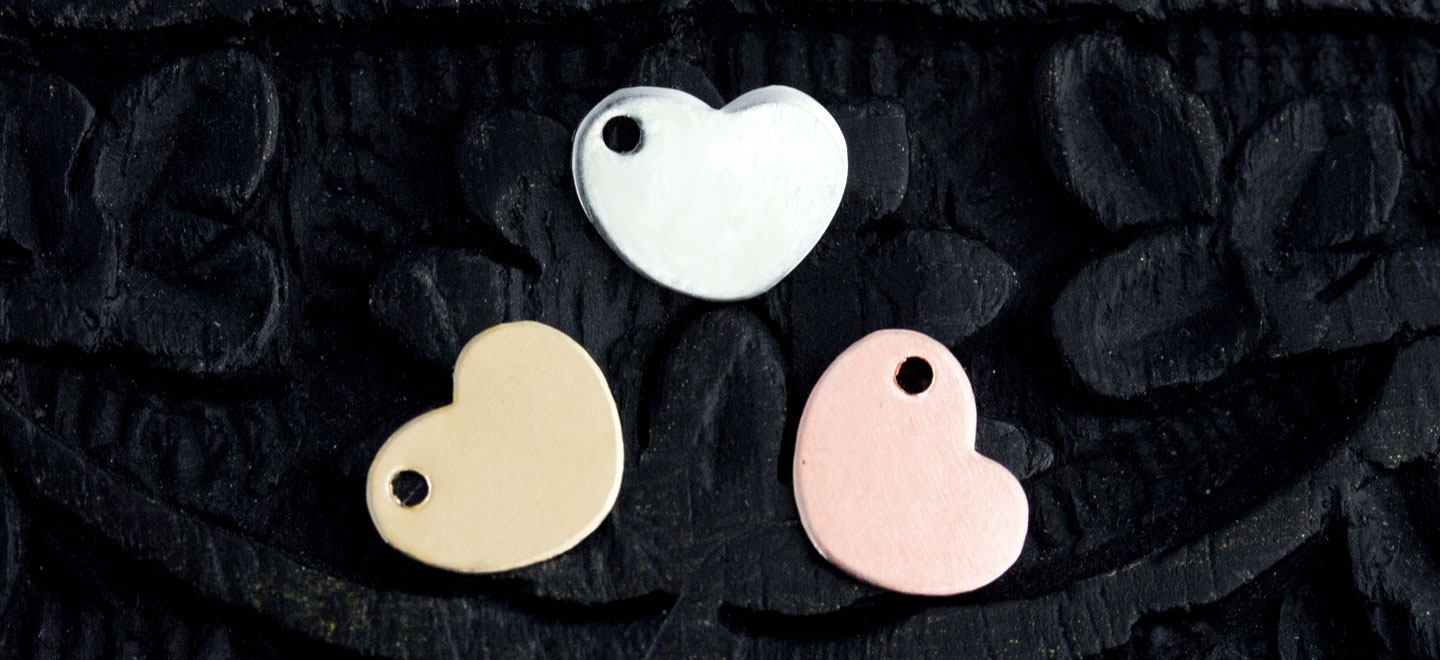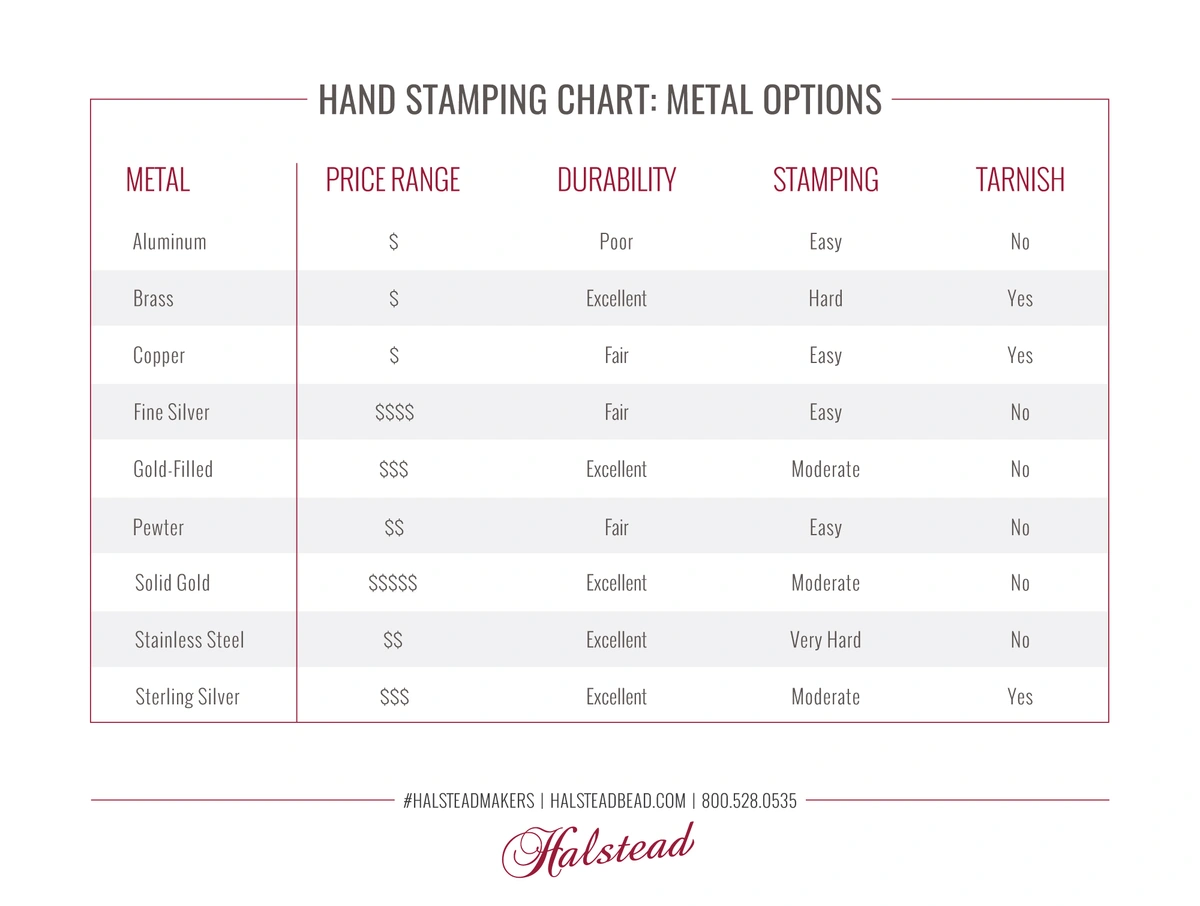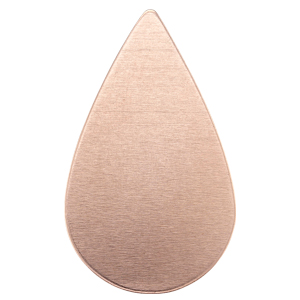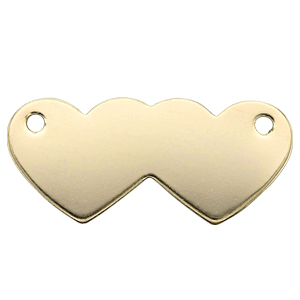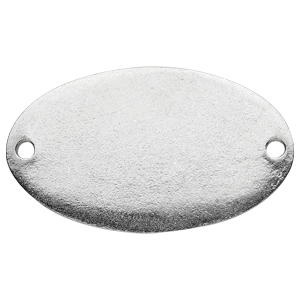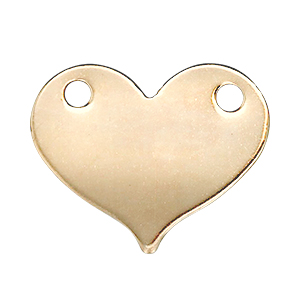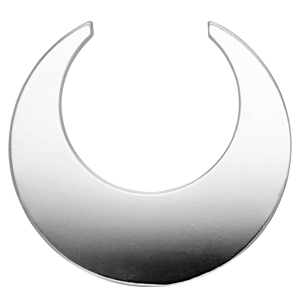From durability to price, check out our guide to metal blanks for making hand stamped jewelry.
Jewelry stamping remains one of the hottest trends in artisan jewelry today. We love to hand stamp in the jewelry studio here at Halstead! It’s a great way to offer custom options for your clients. Sterling silver blanks are bestsellers here and we have hundreds of metal blanks and tags to choose from. This is a how-to guide to stamping jewelry, with some tips and tricks thrown in too!
The first thing I can’t stress enough though before we get into the nitty-gritty is to practice! Spend time on low-cost copper before you move onto sterling silver or gold-filled. It can take some time to get your alignment down and work with larger stamps; so practicing is super important before you move on to that custom piece!
Metal Stamping Tool List
- Metal Stamps
- Metal Blanks
- Jump Rings
- Brass Stamping Hammer (1-2 lbs)
- Steel Bench Block
- Leather Sandbag (optional)
- Stamp Tape or Electrical Tape (optional)

The steel bench block is your stamping surface. The steel will fully support your stamp AND metal. When working on a softer surface, like wood, the metal blank you’re stamping on will sink into the wood in addition to the stamp. Using a steel block or anvil prevents this and helps you get a clean and crisp impression. The leather sandbag is optional, but it does help with noise reduction and prevent any reverb from your bench block being on a hard surface. The tape is optional as well, but if you’re planning on lining up any text or numbers in a straight line, it’s really helpful! Halstead carries a metal stamping kit that has all the required tools in one place to make starting your stamping journey easy!
Hand Stamping Tips
1. Don't be shy
When it comes to small stamps, one hit is always best – don’t be afraid to give your stamp a good whack with a heavy hammer! The heavier the hammer, the easier it is to get a clean, hard strike. A one-to-two-pound brass hammer is a great option. The brass will not deform the end of your stamp because it’s a softer metal. If you don’t have a brass hammer though, you can use any heavy steel hammer that you don’t mind marking up the face. By using a single, hard hit you reduce the need to stamp again, helping to prevent double images, misalignment, and more. Be mindful though that with large stamps you will likely need to rock the stamp and hit it a few times – it’s just not possible to get a clear impression with one hit.
2. Thicker is Easier
It was completely counter-intuitive to me, but it’s much easier to get a clear impression on thicker metal. Thinner gauges tend to bend around the stamps outer edge and diminish the depth of the stamp impression. I have the best luck with 22 gauge or thicker. Feel free to move into fancy shaped blanks and tags or pierce out your own design from metal sheet!
3. The Alignment Can Be Tricky!
It’s easer to curve names or words around the edge of a circle blank and have any minor misalignments be less noticeable than in a straight line. If you need a straight line though, you can purchase stamping tape or electrical tape to use at the bottom edge for your word. Tape your blank to the steel block where you’d like your text to go. Slide your letter stamp down the surface of your metal until the stamp catches the edge of the tamp. Hammer! Alignment can take a lot of practice, so don’t feel discouraged if it doesn’t work out perfectly the first time.
4. Don't Feel Limited
You aren’t restricted to only stamping on flat surfaces! With some practice, you can move onto bangles, rings, cuffs, hammered metal, and more. When stamping on a curved item like a ring or bracelet, be sure to use a steel mandrel to support the work. Stamping is just one technique in your tool kit – mix it with soldering ornaments, patterned wire, and more. You can even use stamps to create an interesting texture; it’s doesn’t have to be words or numbers. You can safely stamp gold-filled blanks without damaging the material if you prefer golden metals.
5. Liver of Sulfur
Liver of sulfur can be your best friend when comes to stamping. It’s a great way to make your stamping stand out and pop but can also hide imperfections. If the impression is a tad uneven or shallow, darkening it can make it look like it’s one depth. Only apply liver of sulfur to metals that are raw, with no anti-tarnish coatings. There are other ways to add color to your stamped impressions too – like acrylic ink markers and other patinas.
Watch Our Video On How To Stamp Jewelry
Check out the video below for Erica's tips on stamping! SHOP STAMPING TOOLS >>>
Types of Jewelry Stamping Blanks
As the hand stamped jewelry trend matures, more and more jewelry stamping blanks are available on the market to cater to jewelers doing custom work. It can be overwhelming. This blog will compare the different blank materials from a stamper's perspective. You can easily buy pre-made blanks in a variety of metals and shapes. You can also saw your own shapes out of sterling silver sheet, copper sheet, or brass sheet. Add connection points with hole punch pliers.
Aluminum - Aluminum makes a great practice metal because it is inexpensive, soft and it has the same look as silver. However, it will have a limited life because it lacks durability. Aluminum easily bends and scratches. It will wear quickly and cannot command solid resale prices. Avoid aluminum for bracelets in particular. However, Aluminum is quite lightweight making it an interesting alternative for earring designs and larger pendants that would be too heavy/expensive in sterling.
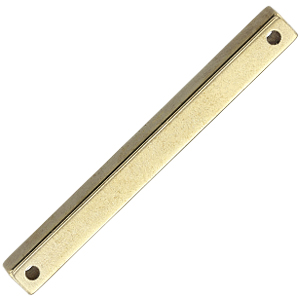
Copper - Copper is a very soft, inexpensive metal so it is the recommended choice for beginning stampers. It will take a clear stamp impression and it is easy to find in the market. Copper sheet metal is prone to rapid tarnishing and the resale price points are low. However, it is a great element in mixed metal designs.
Fine Silver - Fine .999 silver is an expensive metal. However, it is the softest alternative on the market in the precious metal group. If you are looking for high price points and perceived value it may be a good choice. Fine silver is not as hard or durable as sterling so it will scratch and bend easily. It is a good choice for necklaces but it will not hold up to the bumps and scrapes endured by bracelets.
Gold-Filled - Gold filled is an affordable alternative to solid gold. It is fairly easy to stamp and it has the classic beauty of yellow gold. SHOP GOLD-FILLED BLANKS >>>
Pewter - Pewter is cast instead of stamped from sheet metal so the blanks are thicker and have a different feel. Pewter is easy to stamp with a clear, defined impression. It will not tarnish unless it is plated with silver. Ordinarily, pewter would be inexpensive compared to most metals but since the blanks are so much larger/heavier the price savings are less significant. Instead, they provide an interesting design alternative for more substantial blanks.
14 Karat Gold - Gold is the most expensive metal blank option on the market. Gold blanks are typically made in thinner gauges so it takes skill and practice to stamp without denting the surrounding material or bending the piece. Due to the price and tricky nature of solid gold blanks they are best for more experienced stampers looking to offer high-end custom options for clients.
Sterling Silver - Silver blanks are one of the most popular choices for metal stamping. The material is durable, stampable and easily available in the marketplace. When stamping you will notice that it takes a harder strike than copper but not quite so much muscle as brass. Sterling is more expensive than base metal alternatives but it has the best-perceived value among buyers. SHOP STERLING SILVER BLANKS >>>
Stainless Steel - We do not recommend hand stamping stainless steel for two reasons. First and foremost, it is very hard on your joints. Steel is an exceptionally hard metal and while it is possible to stamp it, every strike will reverberate through your hand, wrist, and elbow. Second, it is hard on tools. You will quickly wear your stamps and brass hammers if you are stamping steel. You may even shear off your hammerheads due to the blowing force between tools and working metal.
About Halstead
Halstead carries a wide variety of metal stamping blanks in various shapes and sizes. You can also find all of the metals listed above, except aluminum, stainless steel, and fine .999 silver. You can navigate our website by metal to find blanks and other jewelry supplies. Check out one of our bestselling series of sterling blanks in the video below.
Got questions? Email our studio coordinator at [email protected]. We'd love to hear from you. Sorry, studio support is not available by phone. Emails only, please.
Q&A
Q: I have been very interested in learning stamping. I would like to start buying different things like a hammer, ring mandrel. There are so many different ones of everything. Is there a guide that you follow on what hammers or mandrels to use? - Sue
A: Hi Sue. That's a great question because there are so many choices. I would definitely start with flat blanks before ever attempting curved rings or cuffs. If you are completely new to hand stamping read some of our related articles listed above. These should really help you!
Q: I love your products! Excellent quality for an awesome price. My customers are happy with the items I make with your products. We just moved again, so when the unpackings done, I'll be placing an order! I've been wanting to do the stamping! - Christine
A: Thanks Christine, we love to hear from our customers. Stamping is a ton of fun! It takes a little practice so we recommend you watch how-to videos to get the hang of it when you're just starting out. Glad your move went well and we'll hear from you soon!




